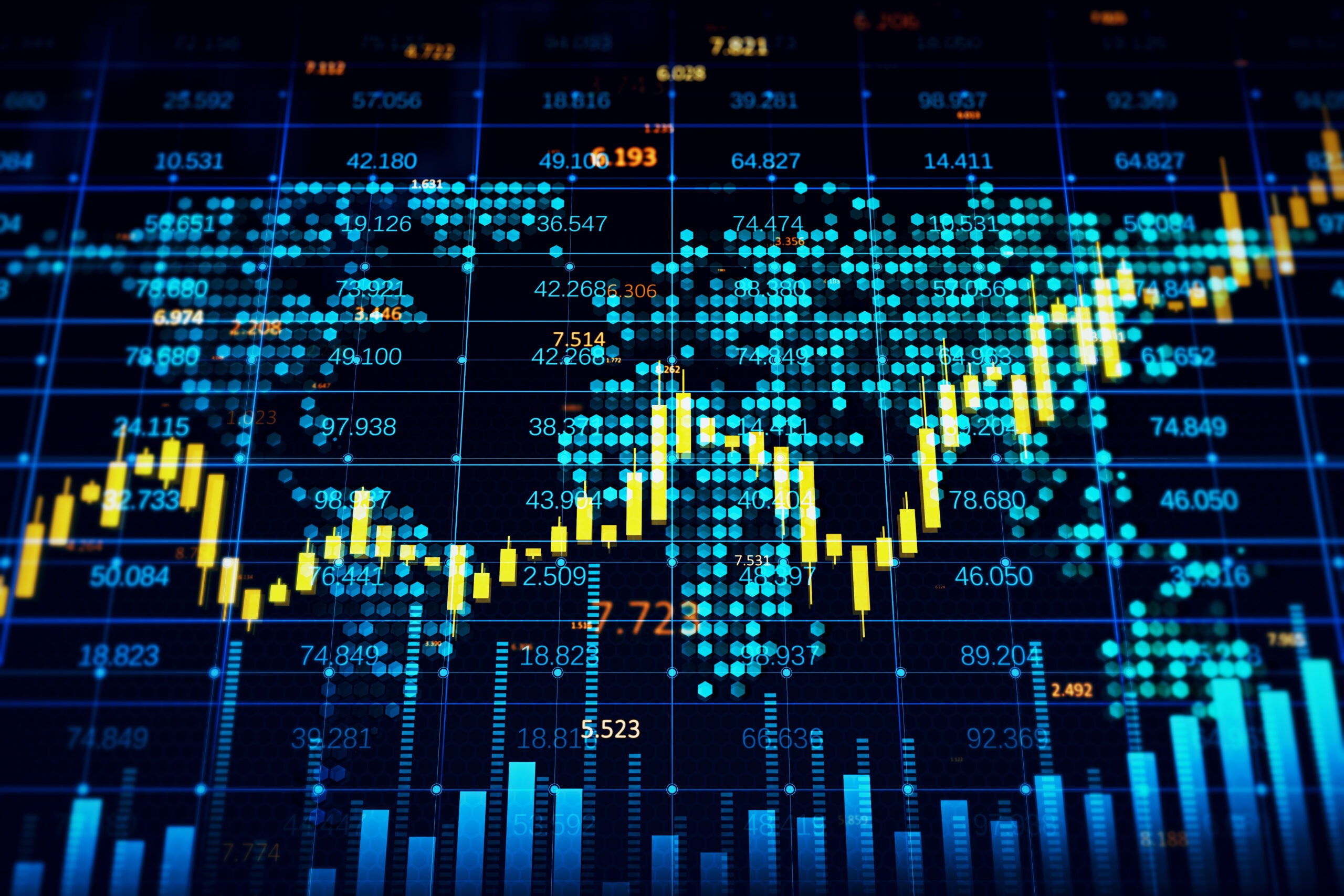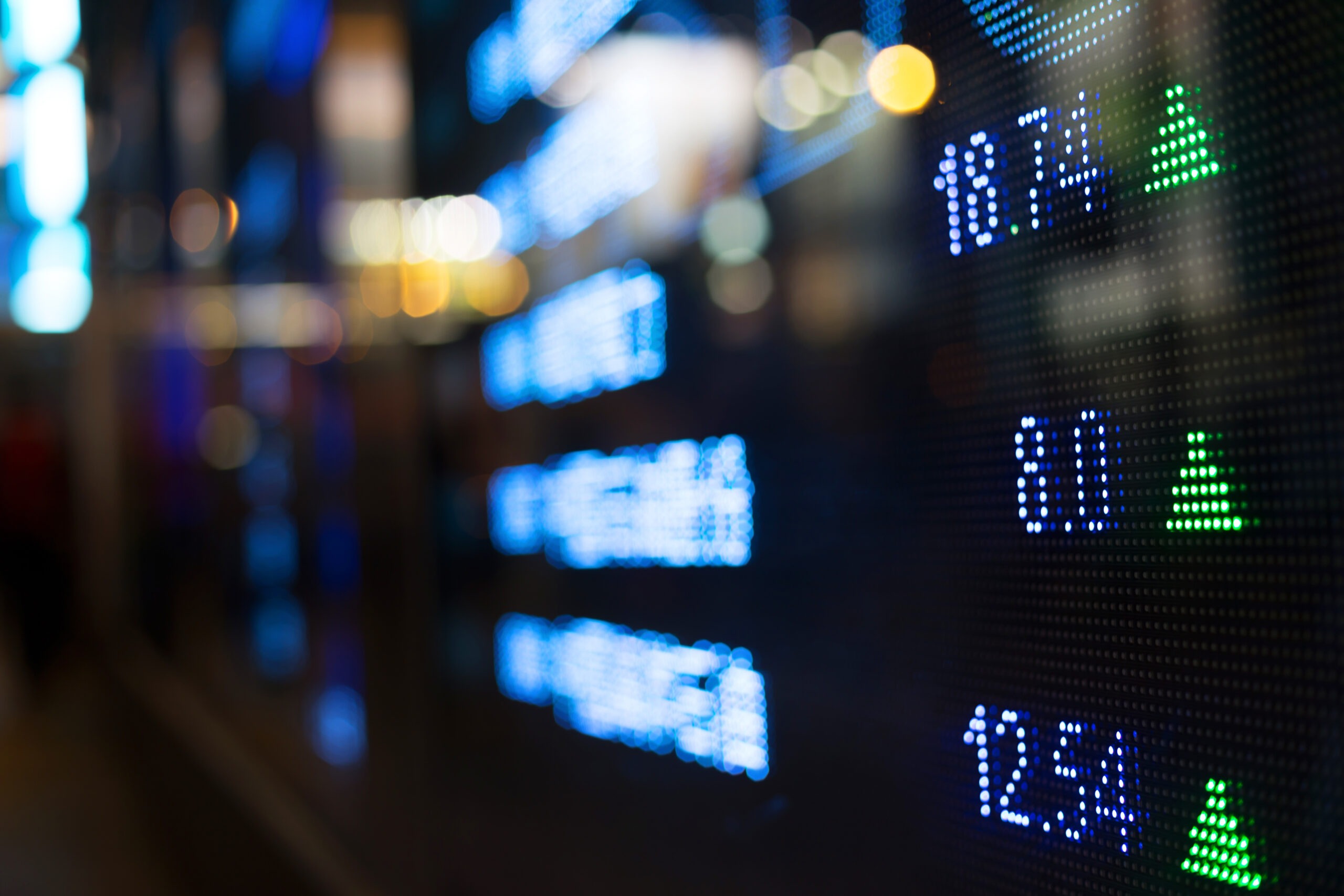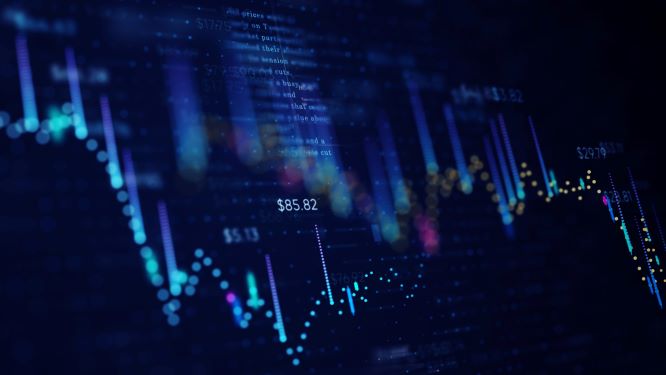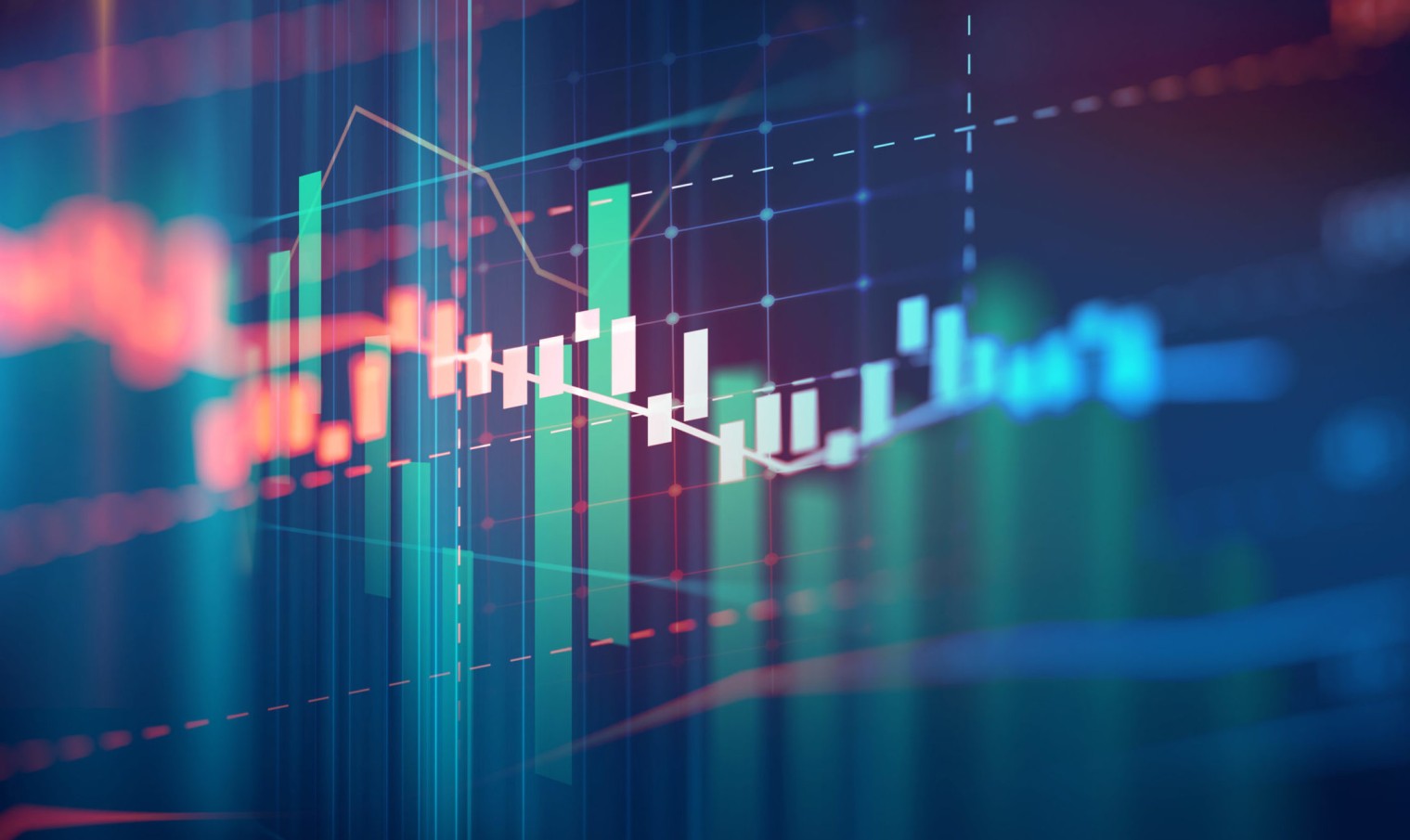Bid-Ask spread

What is the bid-ask spread?
The bid-ask spread is the difference between the best bid – the highest “buy” price – and best ask – the lowest “sell” price in the market for a given financial instrument at a certain point in time. It is a measure of the liquidity of a given financial instrument and a component of the transaction cost of trading.
To determine the best bid and best ask price, all the prices and quantities that different market participants are willing to trade at must be collected in some way. On many exchanges, the (central limit) order book lists all the outstanding limit orders and quotes at a given point in time posted by market makers and/or other market participants. A limit order is an order to trade a financial instrument with a price condition, i.e. an order to buy or sell at the prespecified price or better, which if not executed immediately will be resting on the order book until it can be matched. Market makers support liquidity and generally contractually required to continuously provide quotes, which are both bids to buy and offers to sell.
As market participants can be expected to have different opinions about the fair price of an instrument, there are outstanding buy and sell orders resting on the order book on multiple price levels. The best bid is the highest price at which someone is willing to buy the instrument and the best ask (or offer) is the lowest price at which someone is willing to sell. The bid-ask spread is the difference between these two prices.
An investor that sends an order on a price level that can be matched against any current orders in the order book initiates a trade. The investor will receive the highest available bid price when selling the instrument and pays the lowest available ask price when buying the instrument.
What does the bid-ask spread mean for the markets?
The bid-ask spread for a given financial instruments is not static and fluctuates over time, and there are several different factors that influence the width. Typically, the more liquid the market the smaller the bid-ask spread and vice versa. For example, when the trading activity in an instrument is high, market makers can post quotes with smaller spreads between their bids and offers because the risk of not being able to find an opposing trade is low. Secondly, when there is a lot of uncertainty in the market, market makers will widen their spreads as they are exposed to increased risk. Other factors include competition among market makers that generally leads to narrower bid-ask spreads, and market making contracts that often detail a maximum bid-ask spread that market makers are allowed to quote.
The bid-ask spread thus serves as proxy for the liquidity of an instrument and represents a indirect component of the transaction costs of trading. A narrower bid-ask reduces the premium or discount investors have to pay or receive for doing a trade.
Example
- Suppose that at a certain point in time the shares of Apple Inc. are quoted at a bid/ask of USD 112.48/112.56. An investor looking to purchase the shares will have to pay a price of USD 112.56 per share, and an investor looking to sell the shares will receive USD112.48 per share. The resulting bid-ask spread is USD 0.08 or 0.07% in percentage terms, which is paid by the investor and captured by the market maker.





